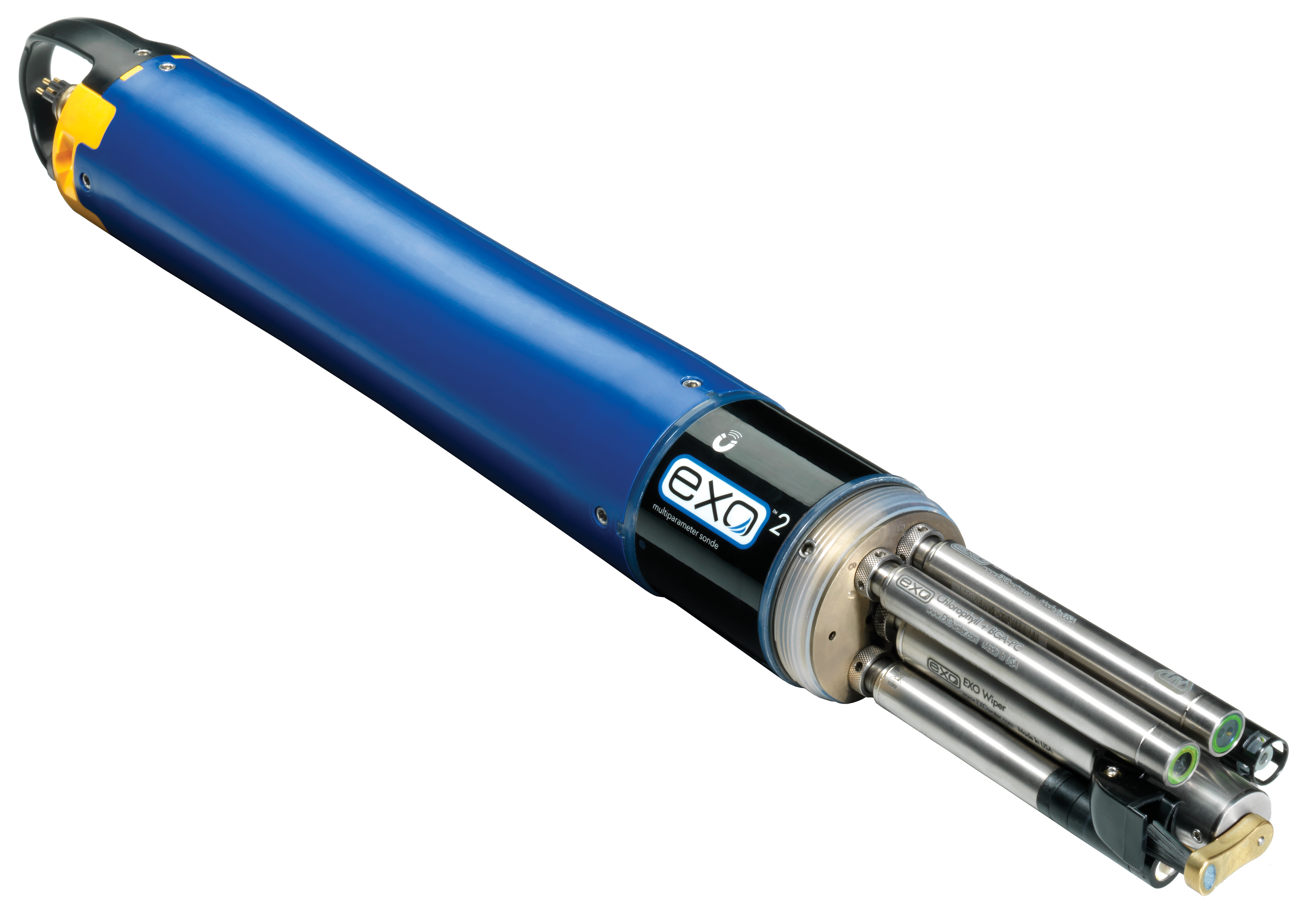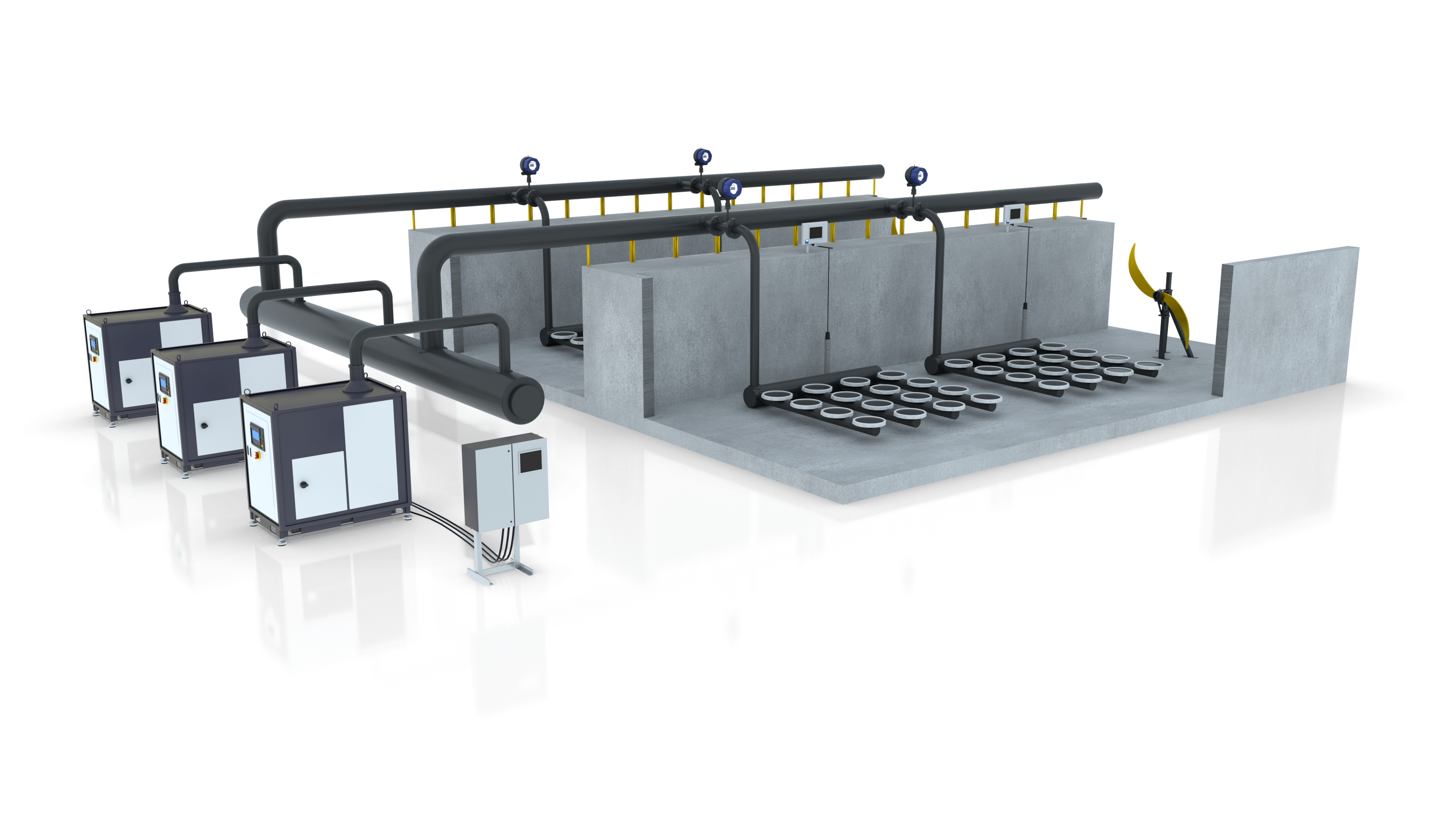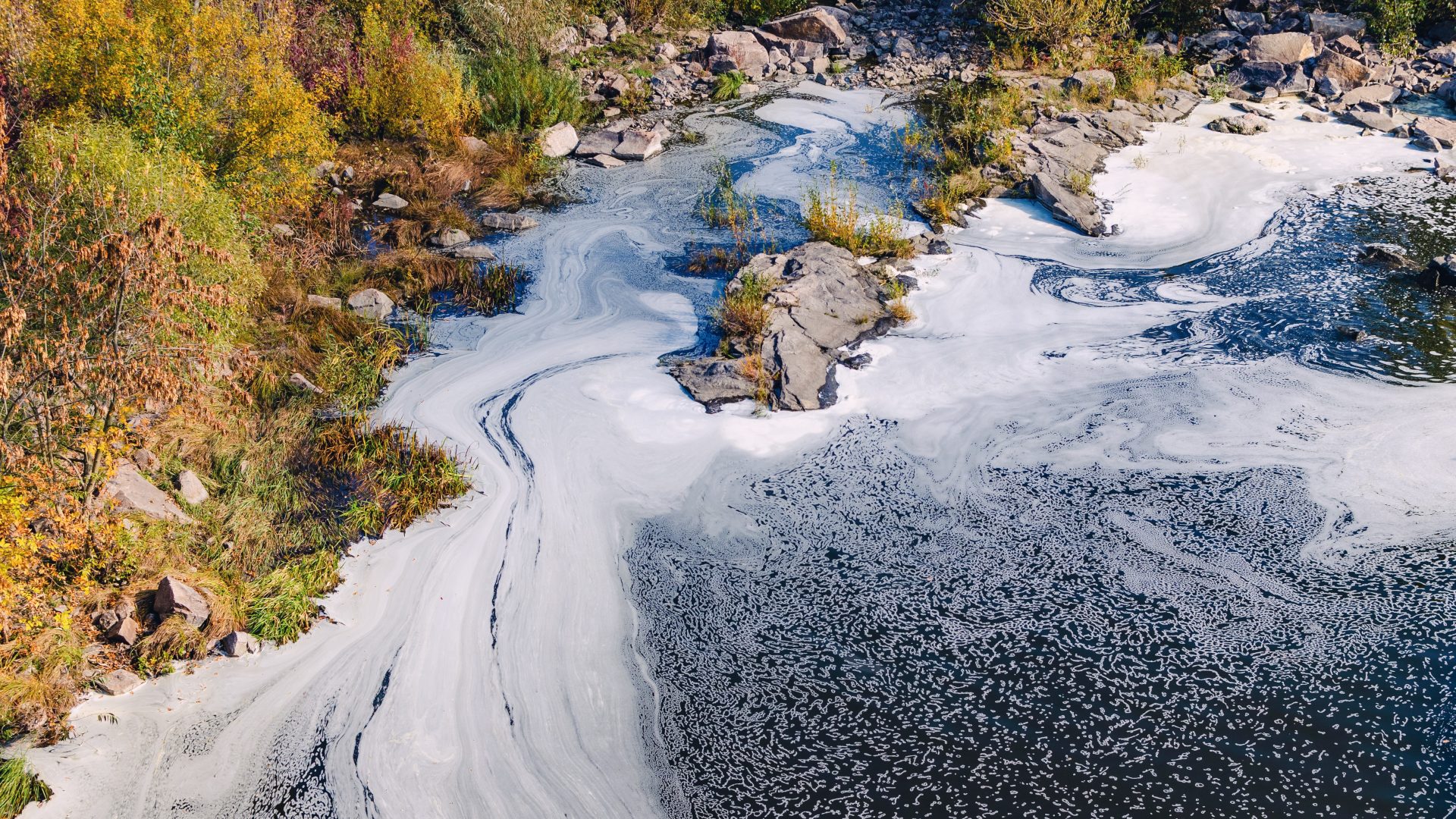
Water companies need to make significant investment if they are to meet the requirements of the 2021 Environment Act. This means taking great care around the implementation of river monitoring programmes, along with driving efficiency at treatment works, to keep budgets under control.
The Environment Act requires the monitoring of all discharges from wastewater treatment works, storm overflows and combined sewer overflows (CSOs), and while implementation is still under discussion, it is expected to cost billions to implement.
Any stretch of river may have two or three CSOs discharging into it, these can be clustered under a single monitor in a 500m stretch. So, while it may not be necessary for water companies to monitor each and every CSO, they need to evidence the reasons for decisions on where and how to monitor.
Robust monitoring

One of the biggest challenges is the logistics of accessing remote, hard-to-access rural locations. Another key question is – how long will the monitor last in the field? Maintaining the veracity of readings is critical, and for cheaper models, calibration might be required every two weeks, which compounds those logistical concerns, while the most robust equipment, like Xylem’s YSI Sonde, which is already the Environment Agency’s technology of choice, can last for three months before recalibration.
Water companies are under unprecedented pressure from the public, campaigners and the media to provide access to data about river water quality, and the technologies are now available to make that possible in near real-time. This does not necessarily address the complexities around the impact of CSO discharges on river water quality though.
While there is understandable pressure to reduce the absolute number of discharges and install monitoring, it actually makes more sense to look at both the number of discharges and the impact on water quality in the river, then make a more balanced judgement on next steps required to secure each river’s health.
Efficient treatment
CSOs are a pressure break on sewage system when there is excessive rainfall, without them, back-ups and bursts would arise in the sewer network, polluting the environment and creating public health hazards. They are intended to operate under extreme conditions, but a significant number of dry weather day (DWD) discharges are now being uncovered.
There are usually two possible reasons for DWD discharges – the treatment works is not achieving its full flow to treatment (FFT), and/or there is infiltration of groundwater into the network. In the eyes of the public, the first is the most unacceptable.
It means the wastewater treatment works has not kept up with demand, which could be down to population growth, but could also be because it is not adequately maintained and operated. In short, the plant is not supporting its original design capacity on aeration and other processes due to ageing and inefficient diffusers, blowers and pumping systems.
Where infiltration of groundwater is occurring in the network, clean water is entering the system through cracks and faults in the pipework, and discharging through CSOs along with stormwater and screened sewage – compounding the volume overspilling, while the additional risk to the environment is negligible.
While it is challenging for utilities to quantify those volumes, condition assessment of sewers can give an understanding of condition, pinpointing breaks, cracks and faults. A triaged approach to lining and replacement works can be implemented, bringing down ingress levels at pace, while the work is ongoing.

Energy payback
At the treatment works, water companies are paying three to four times more for energy, so updating to more efficient pumping and aeration equipment makes sound financial sense. High efficiency blowers now offer a payback of between 18 months and two years, and all water companies should be upgrading their sites.
A review of activated sludge processes, pumps and pumping stations, from a company like Xylem, which offers a broad portfolio of wastewater treatment equipment for pumping and aeration, as well as digital solutions for the assessment and optimisation of assets, means utilities can quickly identify investments that offers a swift return and bring down total costs.
Building the knowledge and confidence of in-house teams on all kinds of equipment will improve decision-making, build efficiency, and open-up tendering possibilities. This will drive innovation while ensuring proven, best-in-class technologies are made available and deployed.



